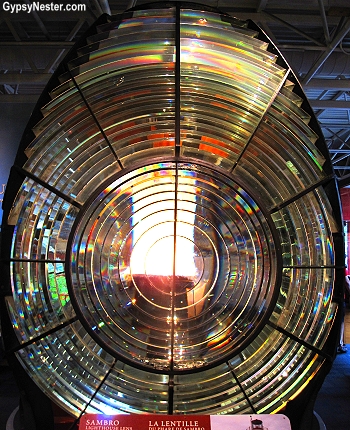
We spent a full afternoon at the Maritime Museum of the Atlantic investigating the rich seafaring history of Nova Scotia – and still felt like we barely scratched the surface.
The collection includes a nine foot high lens from the Sambro Island Lighthouse, the oldest surviving lighthouse in North America.
Click here to see our full story on Halifax
Halifax and the Titanic
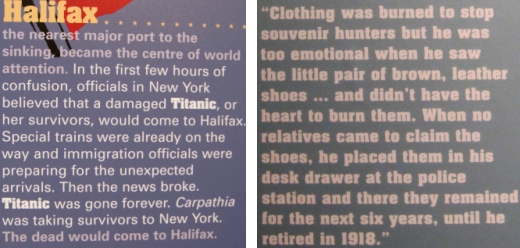
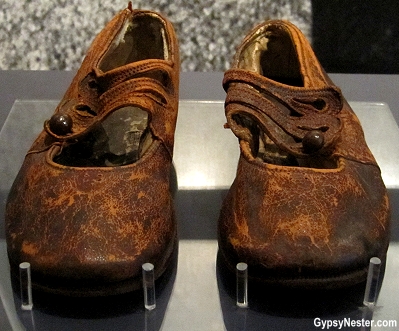
Shipwrecks are a big part of Halifax history and the Maritime Museum of the Atlantic, chronicles hundreds of them.
Salvaged artifacts from dozens of incidents are on display, including a few from the most famous, the Titanic. We were reminded of the many child victims of the disaster when we came upon these little shoes in one of the cases.
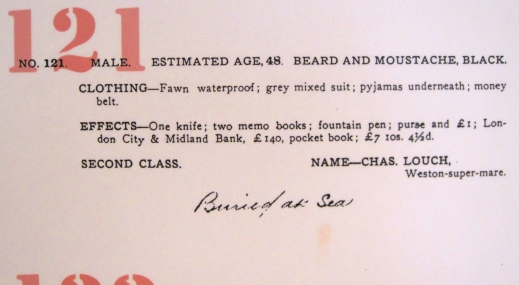
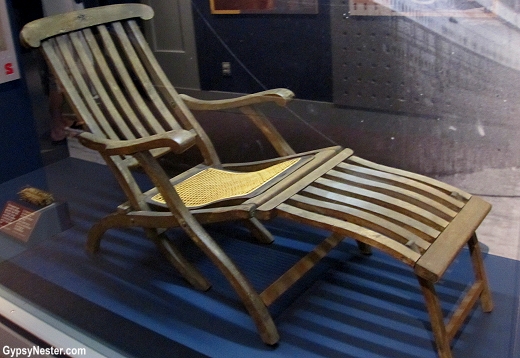
The Halifax Explosion
The museum also documents another catastrophe that struck the city just a few years after the sinking of the Titanic, the Halifax Explosion. On December 6, 1917 the SS Mont Blanc, a French cargo ship filled with wartime explosives, collided with the Norwegian vessel SS Imo in the harbor. The Mont-Blanc caught fire and the resulting blast was the largest ever until the atom bomb.
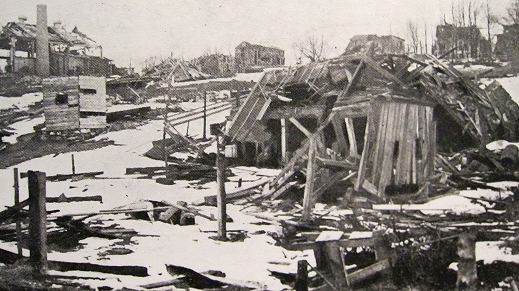
At least two thousand people perished, with thousands more injured or left homeless. Aid poured in from all around, but Boston stood out in the relief effort, sending many ship loads of supplies. To this day, every year the city of Halifax sends a Christmas tree to Boston as a continuing thank you gift. The connection is so strong that people here generally refer to the New England area as “The Boston States.”
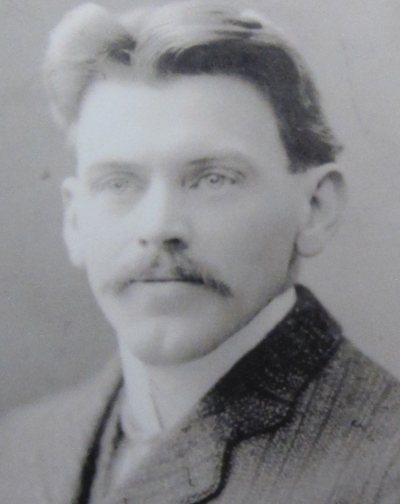
We were shocked that we had never heard about this sad piece of history, and even more so when we found out about a true hero, Vincent Coleman.
Mr. Coleman was a station worker at the rail yards at Pier 6 the morning that the engulfed-in-flames SS Mont Blanc moved toward shore.
Instead of fleeing, he remained at his telegraph key warning all incoming trains to stay out of Halifax.
Knowing he was going to die his last words were,
“Hold up the train. Munitions ship on fire and making for Pier 6 and will explode. Guess this will be my last message. Goodbye boys.”

His bravery saved the lives of every soul on every train coming into Halifax and, because the Canadian Railway had been alerted so quickly, six relief trains were in Halifax that very day with medical supplies and fire fighters – saving countless more lives.
“Shipshape and Bristol Fashion”
 The ship exhibits are where we truly got lost in awe. Not only with the “real” vessels, but with the magnificent model ships.
The ship exhibits are where we truly got lost in awe. Not only with the “real” vessels, but with the magnificent model ships.
The collection is so vast, we can’t imagine that there is a boat that hasn’t been recreated or restored by the volunteer Maritime Ship Modelers Guild.
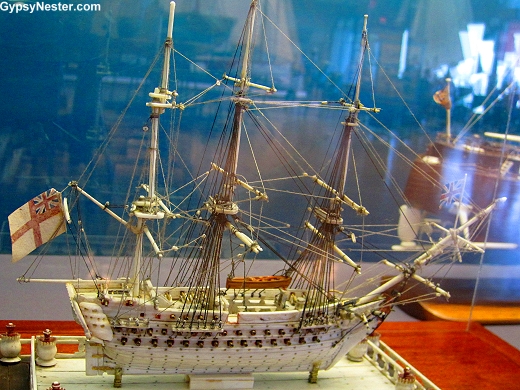
By the exit we came face-to-face with the gibbet, a particularly gruesome form of pirate punishment:
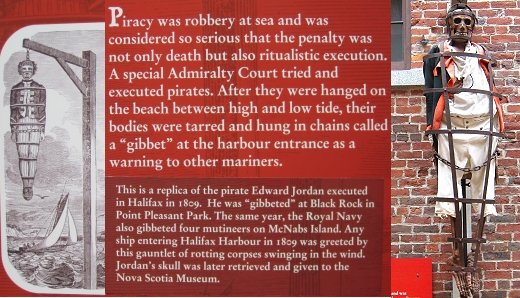
Were they trying to scare us out of the building? Maybe they just wanted to leave us with something that would really stick in our minds. Either way, there’ll no pirating for us, that’s for sure.
Click here to see our full story on Halifax
David & Veronica, GypsyNester.com
Delve Deeper:
The Titanic Cemetery
The Victorian Public Gardens of Halifax
Our Full Halifax Adventure
Having a Merry Time in the Maritimes (Prince Edward Island, Nova Scotia, New Brunswick)
The Cajun, Canadian, Acadian Connection
Thanks to Road Scholar for providing this lifelong learning adventure through the Canadian Maritimes! As always, all opinions are our own.


